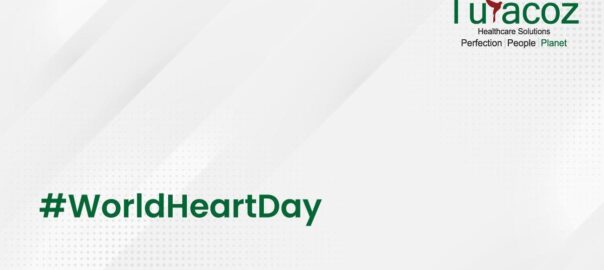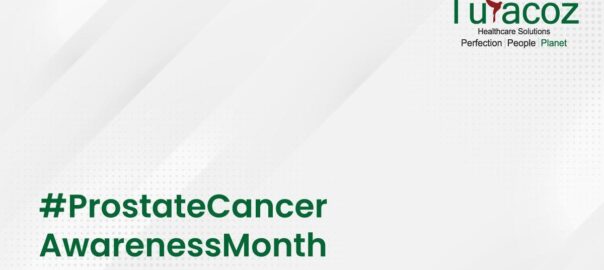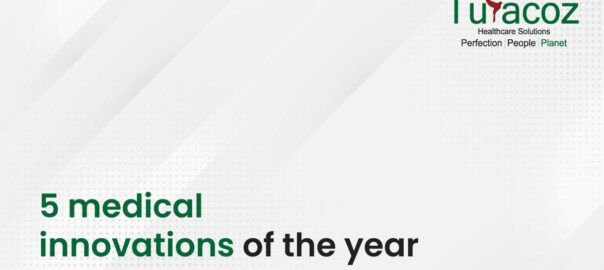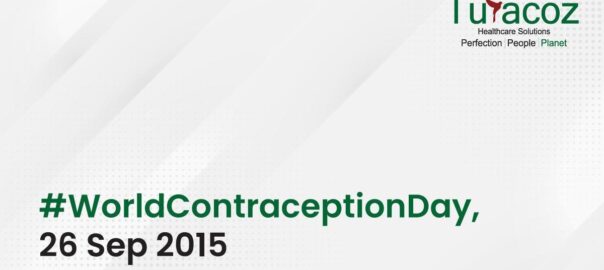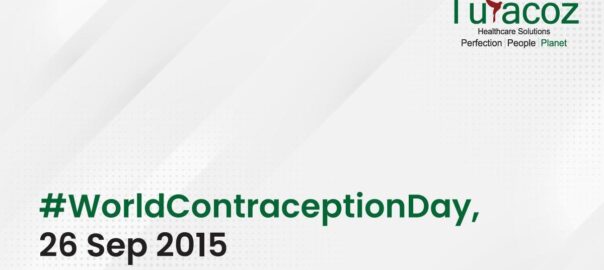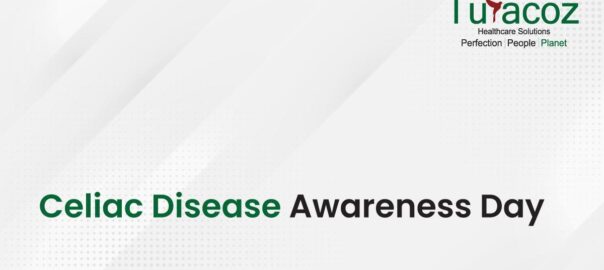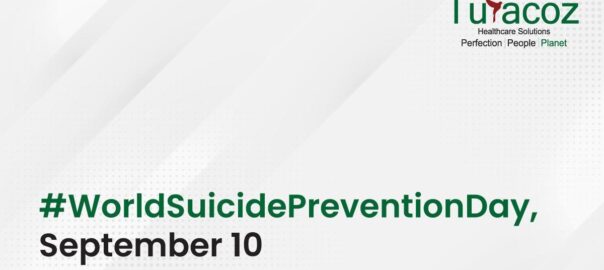“A heart for life”
World Heart Day (sponsored by World Heart Federation) was founded in 2000, a biggest intervention against cardiovascular disease (CVD) which takes place on 29 September every year. Around the globe, heart disease and stroke constitutes 17.3 million deaths every year.
The main focus of this is on creating healthy heart environments. By ensuring that everyone has the chance to make healthy heart choices wherever they live, work and play. World Heart Day encourages everyone to reduce our cardiovascular risk, and promotes a heart-healthy planet for those around us.
Each year there is a different theme for World heart day which essentially concentrates on the key issues and topics relating to heart health. This year’s theme is to ‘create heart-healthy environments’.
World Heart Day spreads the news that at least 80% of premature deaths from CVD can be avoided by four main risk factors- tobacco use, unhealthy diet, physical inactivity and harmful use of alcohol – are controlled. The magnitude of the benefits that can be achieved by reducing these risks makes intervention cost-effective. Hence there is a need to designate a special day for activities to prevent heart disease and stroke.
Creating a heart healthy environment,
- Promoting physical activity, such as trails for walking, running, bicycling and places for playing outdoor games.
- Schools and child care facilities that provide quality physical education and have nutritious meals available.
- Workplaces and community spaces that are smoke-free and have healthy food options.
World Heart Day is observed in many different ways across the world. Many innovative ways have been devised by several foundations and professional societies for marking this event. There has been an association between national societies and foundations in many countries. These include runs, sports events, theatre, street events, dancing, and cycling in public spaces, schools, and hospitals. The success of this depends on the proactivity of organizations from around the world to help us spread awareness of CVD.
World Heart Day has enjoyed huge success in building partnerships by obtaining support from the private sector, charities, societies and foundations for this common cause. The next step is to engage the public sector and foster collaboration with the Ministries of Health. An active participation of WHO has already been done in the World Heart Day campaign.
This World Heart Day is an ideal opportunity to scale up efforts at the country level within a globally led initiative. A whole day dedicated to CVD prevention is an effective way of engaging the media, the public, policy-makers, and health professionals in information dissemination, awareness creation, and advocacy.
Turacoz Healthcare Solutions as a socially responsible company spreads the word and awareness and looks forward to collaboration or associations with other agencies/companies with similar goals and aspirations. We have a skilled and competent team of medical writers, clinicians, researchers and biostatisticians. Our clients include major pharmaceutical companies, hospitals and healthcare professionals. Our experience has been in supporting publications, creating regulatory documents, conducting observational studies, designing and creating for print and digital marketing as well as customizing sessions on medical writing.

